Points of view: two Marcio Kogan projects show the best of Brazilian modernism
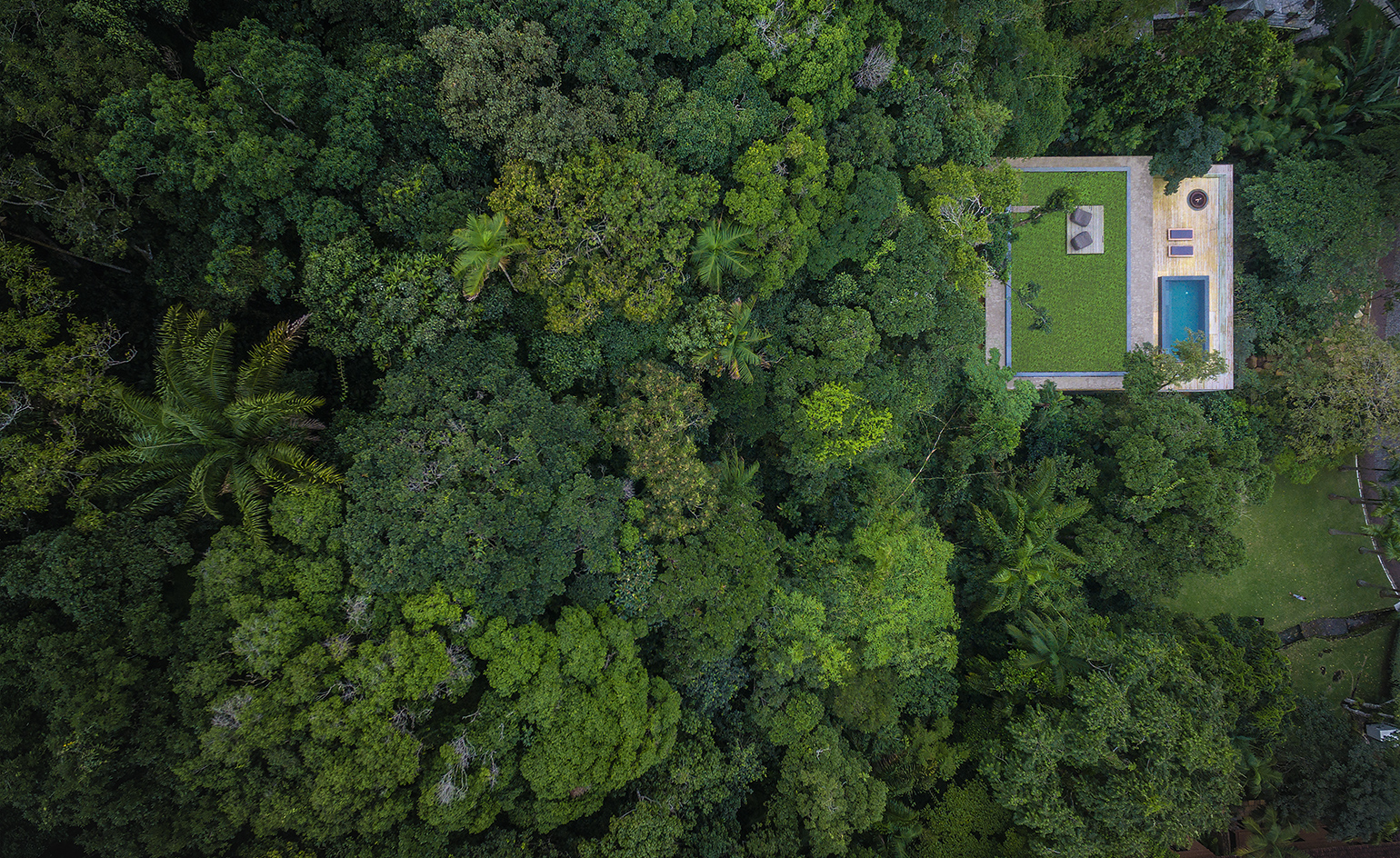
Brazilian modernism is perhaps best known for the way it translated the formality and rigour of the more austere European model into something far more expressive, celebratory and utterly at ease among nature. In South America, concrete attained new levels of plasticity and expressiveness, qualities that Brazil then sold back to the rest of the world. No contemporary architect better embodies the qualities of modern Brazilian architecture than Marcio Kogan. The 64-year-old architect has headed up Studio MK27 since 2001, working with a coterie of collaborators and co-architects, and venturing into exhibition design and film as well as conventional architectural design.
MK27’s two latest residential projects explore both extremes of the Brazilian architectural experience, each combining a love of formal simplicity and rich materiality, and each set within equally thrilling but very different sites. The SPenthouse sits at the summit of a new São Paulo apartment building, while its counterpart, the aptly named Jungle House (Casa Na Mata), is buried deep within dense vegetation on a coastal plot. Naturally, each residence projects a very different image, both in terms of the interior spatial and material arrangements and in the way they present the outside world to their occupants.
Jungle House is designed for a large city family to escape to at weekends and holidays, located in a verdant tropical zone that demanded a very careful approach to the site and the plan. Samanta Cafardo, the project architect, has worked at Studio MK27 since 2002 and has co-authored several of its substantial residential projects. ‘The idea was to insert the house into the landscape as unobtrusively as possible while maintaining the connection to the existing vegetation surrounding it and allowing for the sea view,’ she explains. A classic inverted design places living spaces and pool on the upper levels, with a central accommodation podium, and free-flowing circulation space at the base, where vegetation infringes on the crisply delineated edges of the concrete shell.
Jungle House consists of a series of layers, with overhanging roofs creating shielded semi-external spaces. ‘On the ground floor, where there is more shade and humidity, we located a playing area for the kids with a raised wooden deck amid the vegetation,’ says Cafardo. This space also helps the living areas connect with the surrounding jungle by raising them up to the canopy level. ‘When you’re inside the house, the connection with the surrounding vegetation happens in several ways,’ she says. ‘On the ground floor you can stroll amid the trees, on the first floor, light comes filtered through the treetops, and on the top floor the vegetation forms the backdrop along with the view of the sea.’
Working within a tightly defined area, the studio was forced to accommodate the house on the steepest part of the site. As a result, there is a strong vertical hierarchy as one ascends from forest floor up to the upper deck. Materials are typically Koganesque in their simplicity, with the shuttered concrete left bare on walls and ceilings and juxtaposed with finely cut timber for walls and floors. Custom-made fixed furniture is also deployed to emphasise the long, unbroken floor and ceiling plans, with glass balustrades used to create a dramatic cut-off point between house and jungle. The vegetation is seemingly held at bay by the precision and toughness of the architecture, but there’s a strong sense that it could infiltrate it at any time.
‘The studio’s projects always have a connection between interior and exterior,’ says Cafardo, whose colleague Diana Radomysler oversaw the interiors. ‘We want internal spaces to communicate with the outside, sometimes in a free and direct way, other times with relative discretion, depending on the use and atmosphere we want for each room.’ On the bedroom level, in particular, privacy and light are masked and filtered by lattice-like screens, or ‘muxarabis’, inspired by traditional Arabic mashrabiya. Overall, the architect explains that the approach is to ‘make the complicated seem simple’, allowing the visitor to become immersed in the qualities of the site.
There are very different qualities at play in SPenthouse, a new private dwelling on the top floor of a newly built apartment block. The project, overseen by Radomysler and Luciana Antunes, is also strictly zoned, with the defining elements of the plan formed by the distinction between public and private spaces. The penthouse has three distinct areas – an entertaining space, an internal garden and a private zone for the family. Several elements, such as the swimming pool, were already in place before the refurbishment, but the overhaul was substantial and Kogan’s studio pared back the detailing and reinforced the structure to give the new apartment the feeling of a wooden frame wrapped around a view.
A collection of midcentury furniture and fittings, especially purchased for the space, adds to the warm feel. The most prominent element is the wood-lined ‘central core’, with floor-to-ceiling hardwood panels and a stone floor. Every one of the textures and finishes – wood panels, slender planks, stone tiles and ceramic mosaics – is treated as a single, uninterrupted plane, with great attention paid to where two textures meet.
Studio MK27 has always emphasised the materiality of modernism, concealing structural gymnastics in favour of a strong simplicity that’s never abstract, just refined. It is architecture as an aesthetic frame, be it for a crowded metropolis or a dense jungle plot.
As originally featured in the April 2016 issue of Wallpaper* (W*205)
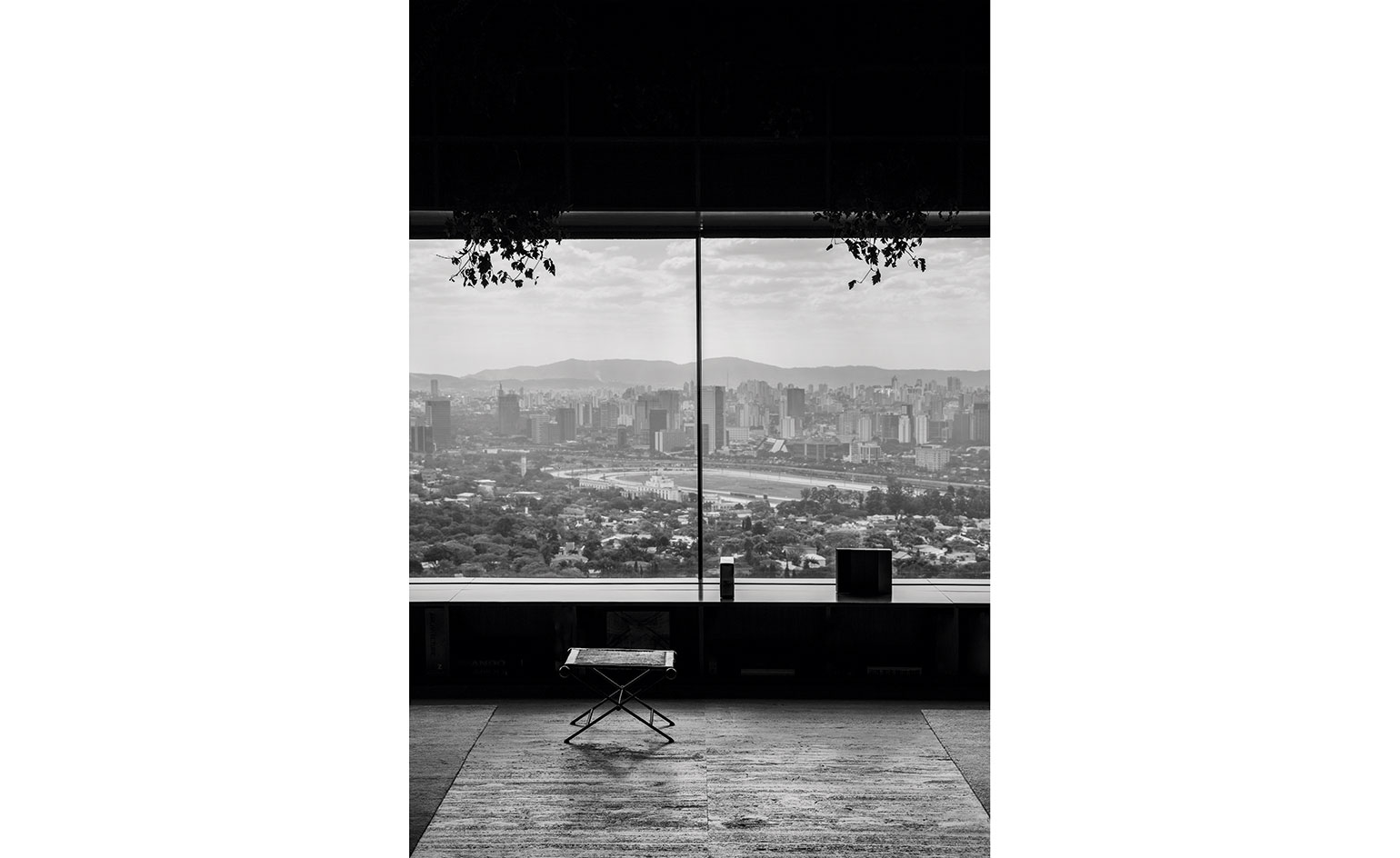
SPenthouse: this top floor apartment offers up spectacular views of the São Paulo skyline through cinematically proportioned windows
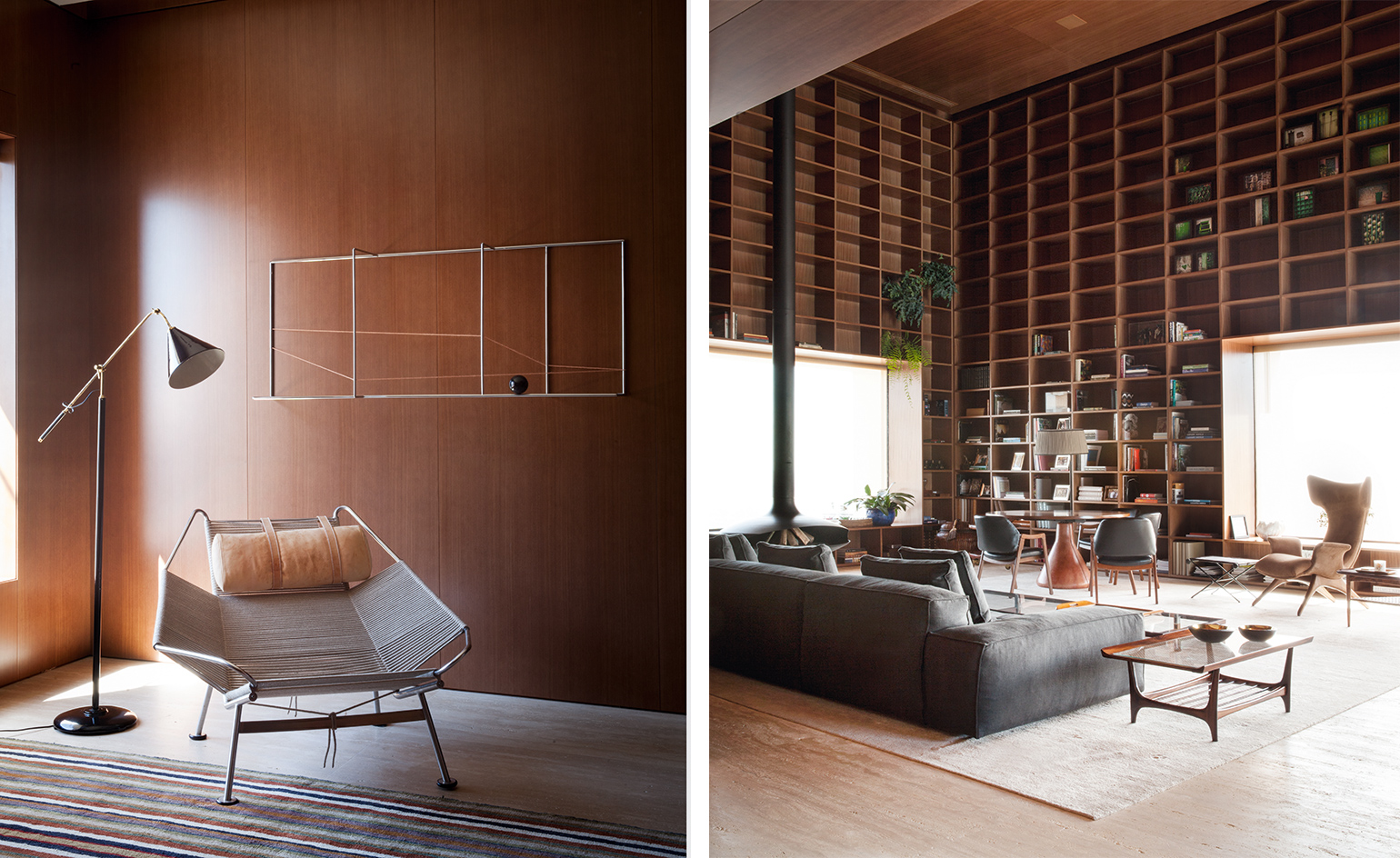
The penthouse’s defining space is the main living room, a double-height space lined with vertiginous bookshelves. The apartment takes on the characteristics of a movie set, with its meticulous framing, use of concealed lighting and harmonious accumulation of midcentury and contemporary furnishings and artworks, with spindly-legged chairs and tables casting long shadows across the rich interior surfacing. Pictured left: in the TV Room at the SPenthouse, ‘The Flag Halyard Chair PP225’, a 1950 design by Hans Wegner, manufactured by PP Møbler, and a vintage 1960s floor lamp
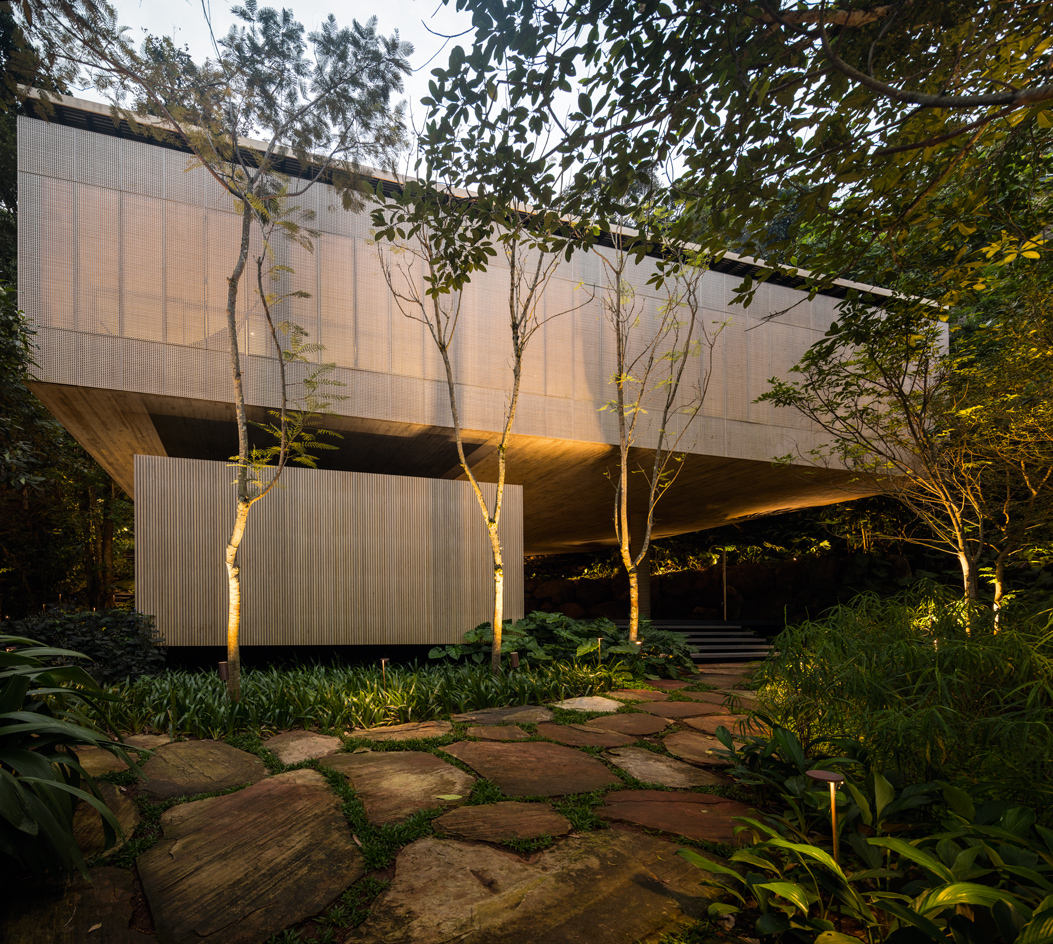
Jungle House: the steep coastal plot offers a welcome respite from São Paulo’s dense, sprawling conurbation. Jungle House’s expansive roof deck appears to sail above the forest canopy, and features a firepit, pool, covered dining area and seamless glazing that allows the top floor to be opened up to the elements. Concrete is used expansively, but the house never feels brutal or oppressive, thanks to the lightness of the screens, the ever-present jungle and the generous floorplan
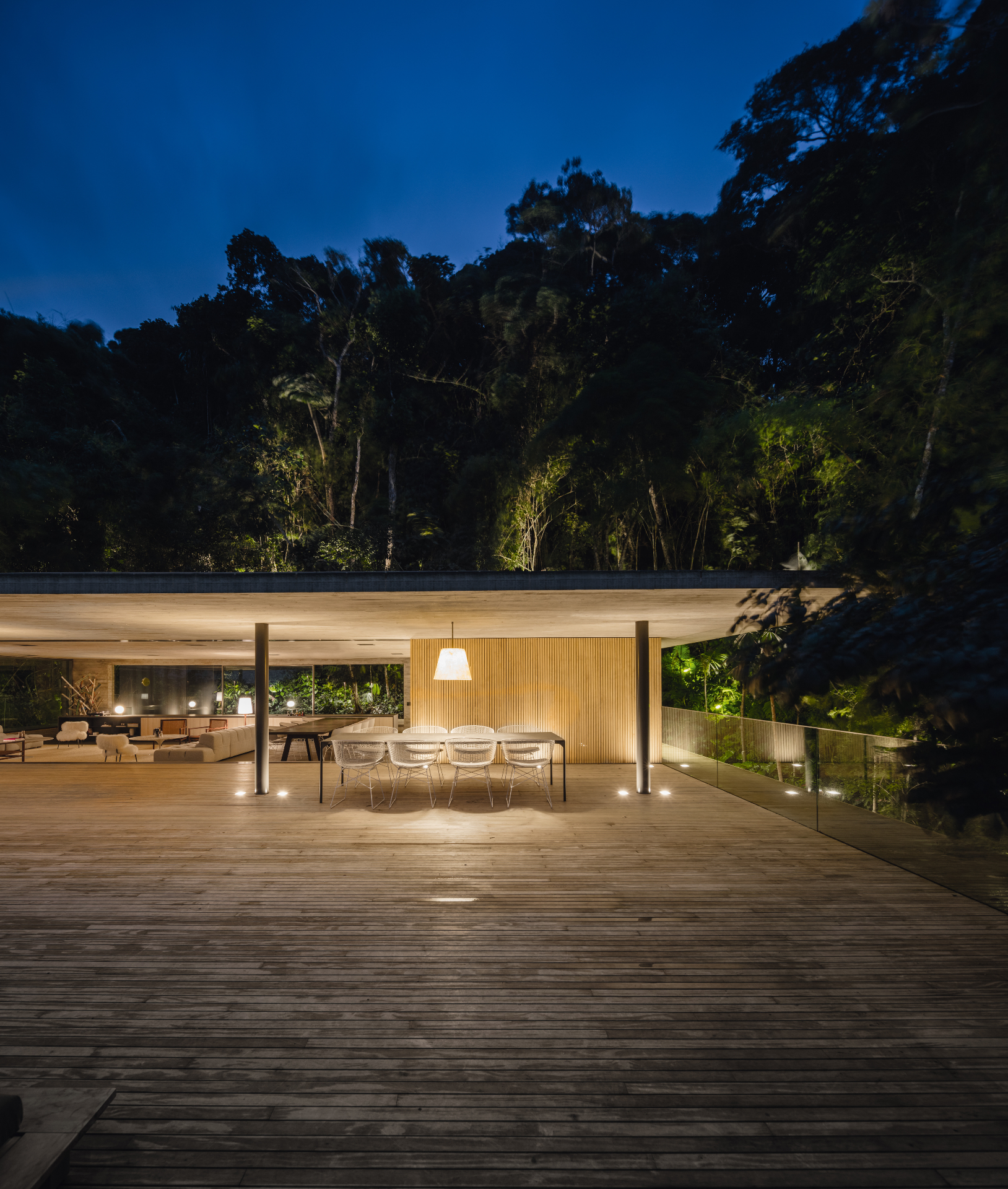
The jungle house’s inverted design places living spaces and the pool on the upper levels
INFORMATION
For more information, visit Studio MK27’s website
Wallpaper* Newsletter
Receive our daily digest of inspiration, escapism and design stories from around the world direct to your inbox.
Jonathan Bell has written for Wallpaper* magazine since 1999, covering everything from architecture and transport design to books, tech and graphic design. He is now the magazine’s Transport and Technology Editor. Jonathan has written and edited 15 books, including Concept Car Design, 21st Century House, and The New Modern House. He is also the host of Wallpaper’s first podcast.
-
 A Xingfa cement factory’s reimagining breathes new life into an abandoned industrial site
A Xingfa cement factory’s reimagining breathes new life into an abandoned industrial siteWe tour the Xingfa cement factory in China, where a redesign by landscape specialist SWA Group completely transforms an old industrial site into a lush park
By Daven Wu
-
 Put these emerging artists on your radar
Put these emerging artists on your radarThis crop of six new talents is poised to shake up the art world. Get to know them now
By Tianna Williams
-
 Dining at Pyrá feels like a Mediterranean kiss on both cheeks
Dining at Pyrá feels like a Mediterranean kiss on both cheeksDesigned by House of Dré, this Lonsdale Road addition dishes up an enticing fusion of Greek and Spanish cooking
By Sofia de la Cruz
-
 Croismare school, Jean Prouvé’s largest demountable structure, could be yours
Croismare school, Jean Prouvé’s largest demountable structure, could be yoursJean Prouvé’s 1948 Croismare school, the largest demountable structure ever built by the self-taught architect, is up for sale
By Amy Serafin
-
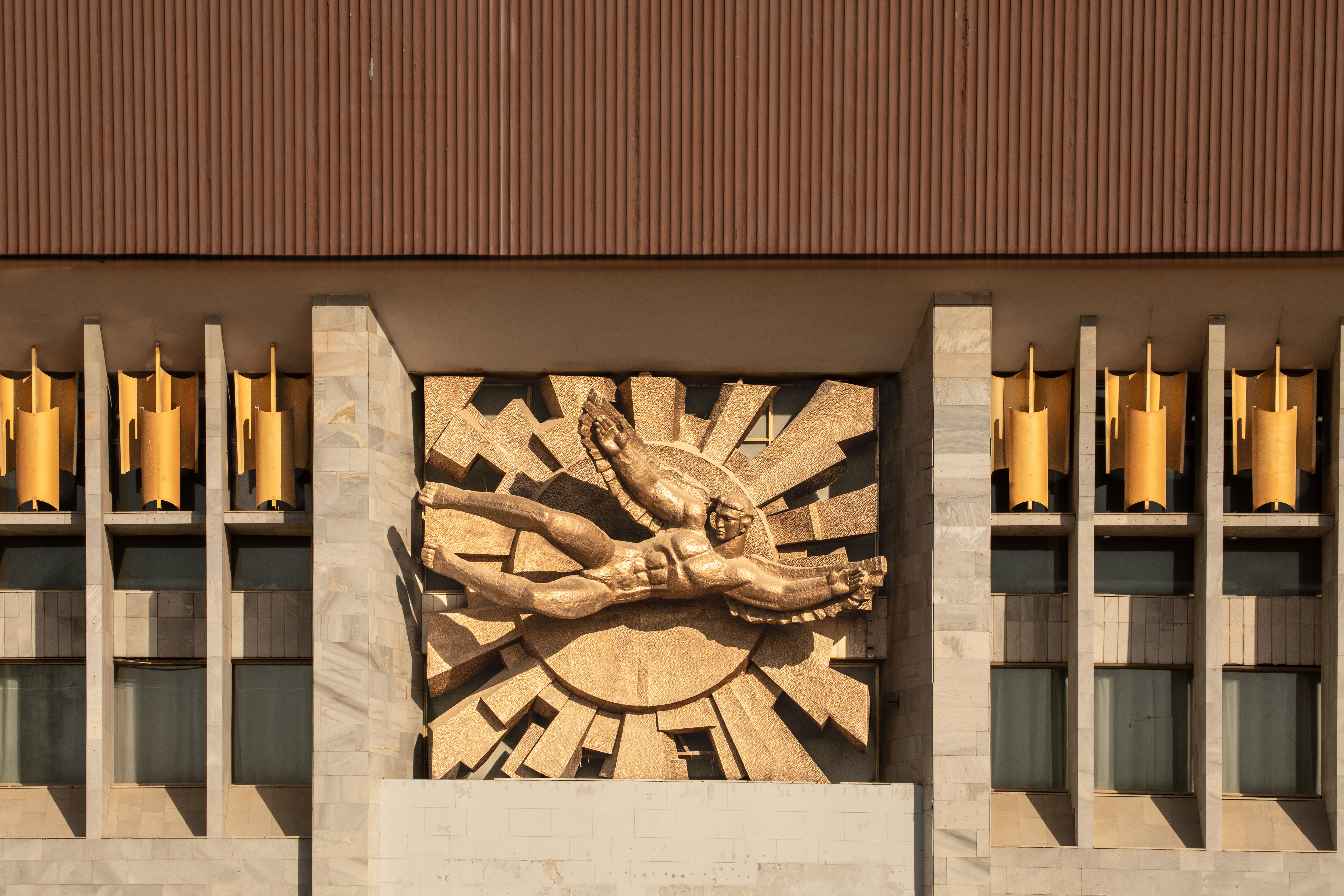 Jump on our tour of modernist architecture in Tashkent, Uzbekistan
Jump on our tour of modernist architecture in Tashkent, UzbekistanThe legacy of modernist architecture in Uzbekistan and its capital, Tashkent, is explored through research, a new publication, and the country's upcoming pavilion at the Venice Architecture Biennale 2025; here, we take a tour of its riches
By Will Jennings
-
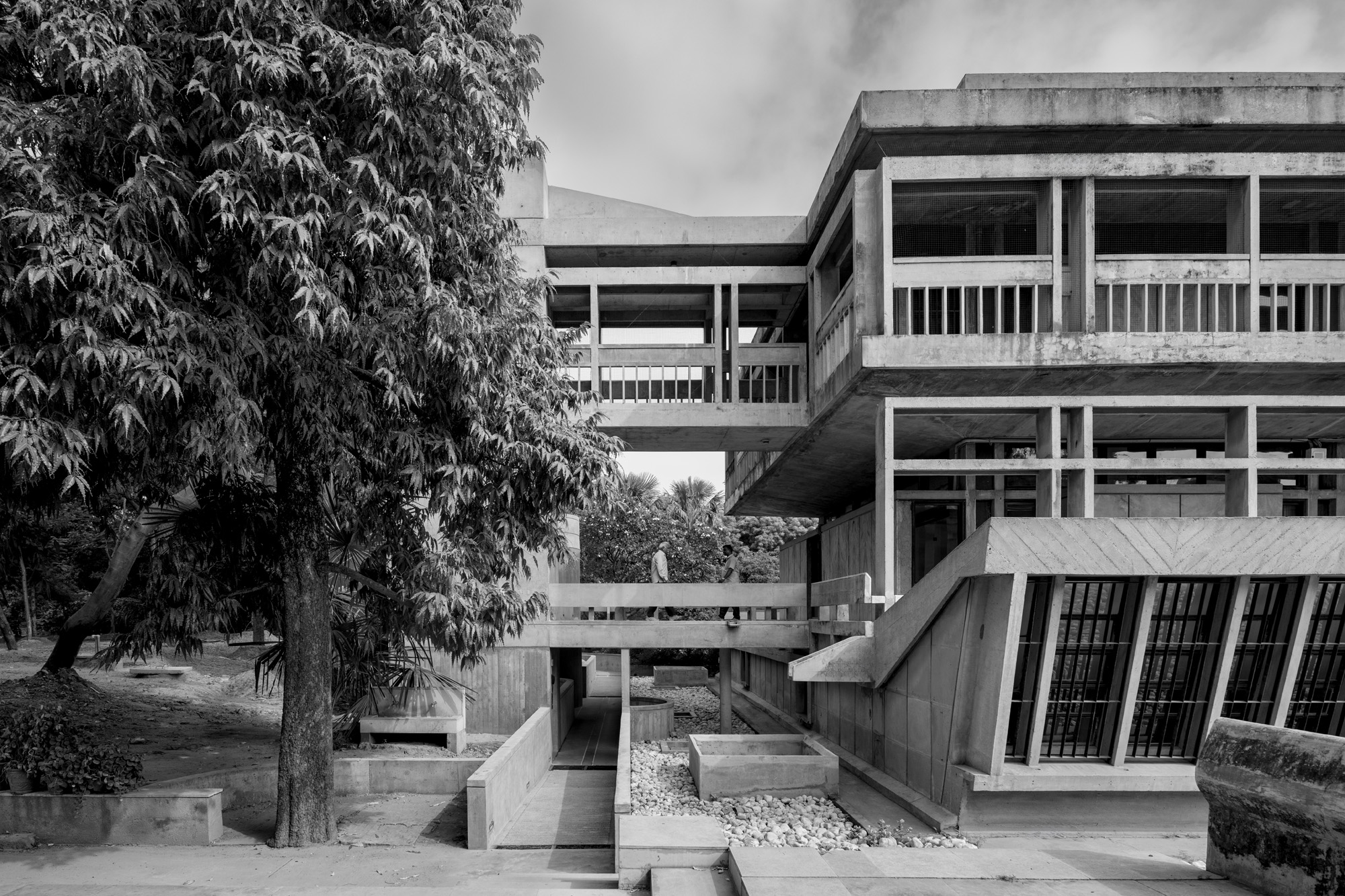 At the Institute of Indology, a humble new addition makes all the difference
At the Institute of Indology, a humble new addition makes all the differenceContinuing the late Balkrishna V Doshi’s legacy, Sangath studio design a new take on the toilet in Gujarat
By Ellie Stathaki
-
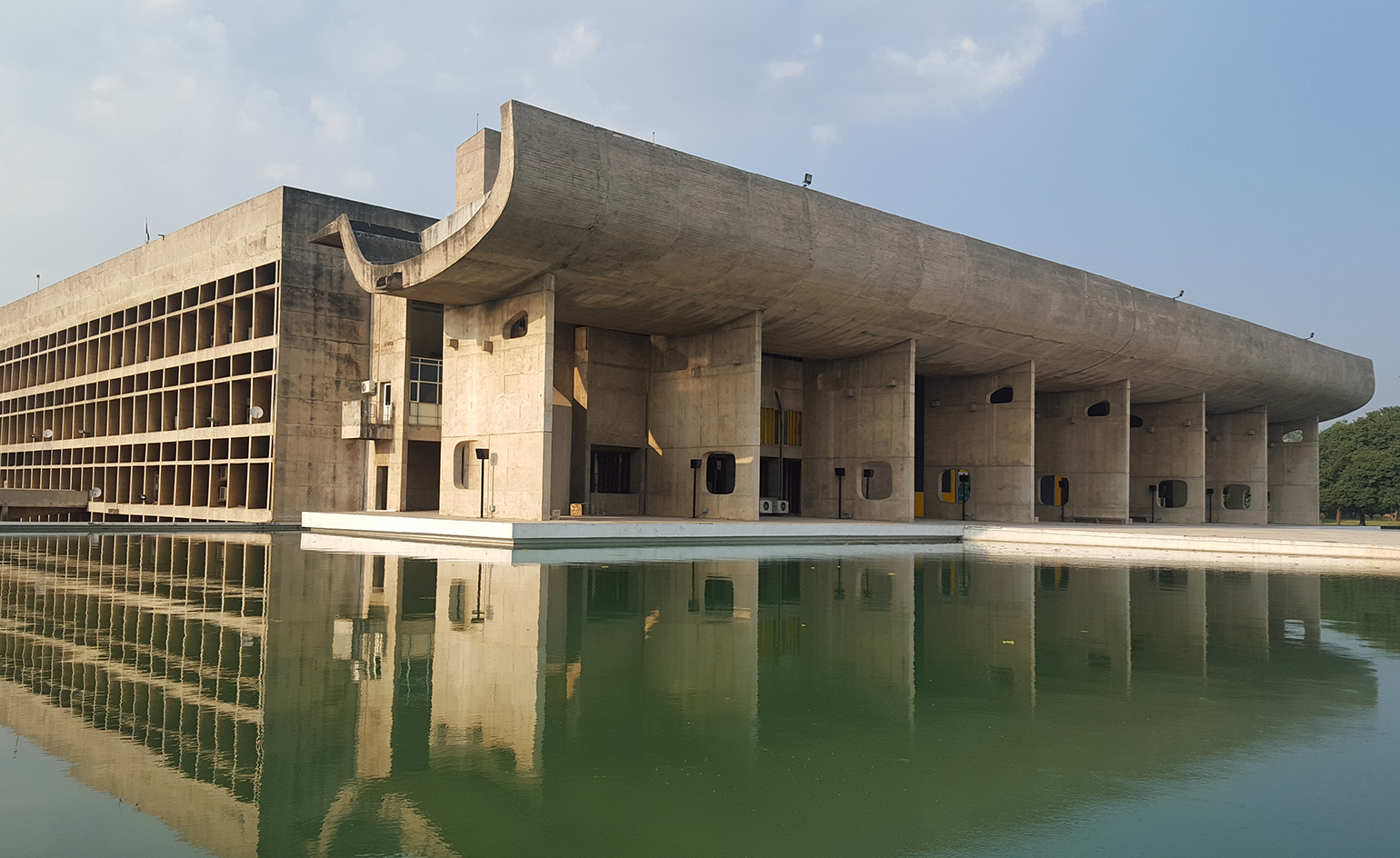 How Le Corbusier defined modernism
How Le Corbusier defined modernismLe Corbusier was not only one of 20th-century architecture's leading figures but also a defining father of modernism, as well as a polarising figure; here, we explore the life and work of an architect who was influential far beyond his field and time
By Ellie Stathaki
-
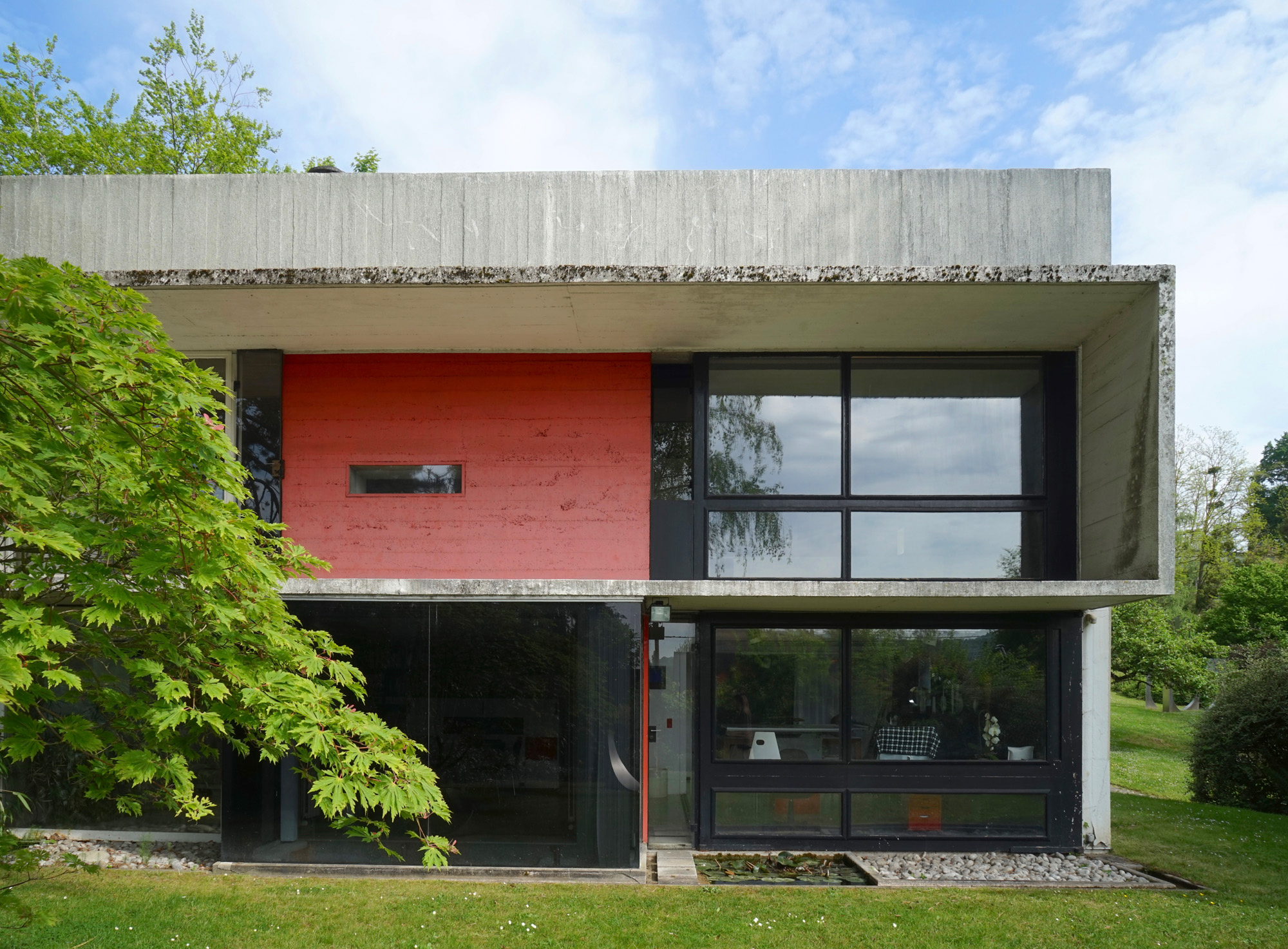 How to protect our modernist legacy
How to protect our modernist legacyWe explore the legacy of modernism as a series of midcentury gems thrive, keeping the vision alive and adapting to the future
By Ellie Stathaki
-
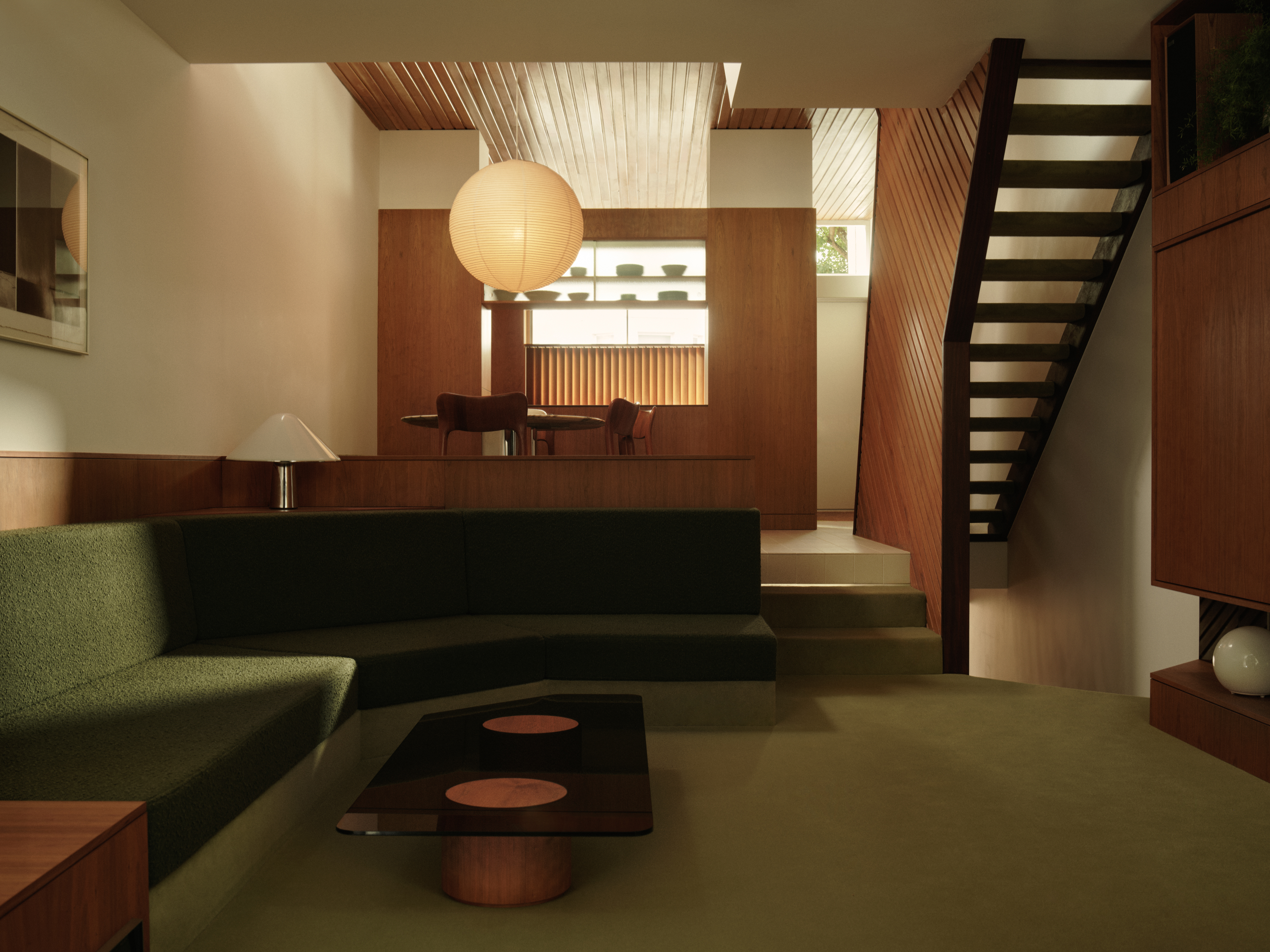 A 1960s North London townhouse deftly makes the transition to the 21st Century
A 1960s North London townhouse deftly makes the transition to the 21st CenturyThanks to a sensitive redesign by Studio Hagen Hall, this midcentury gem in Hampstead is now a sustainable powerhouse.
By Ellie Stathaki
-
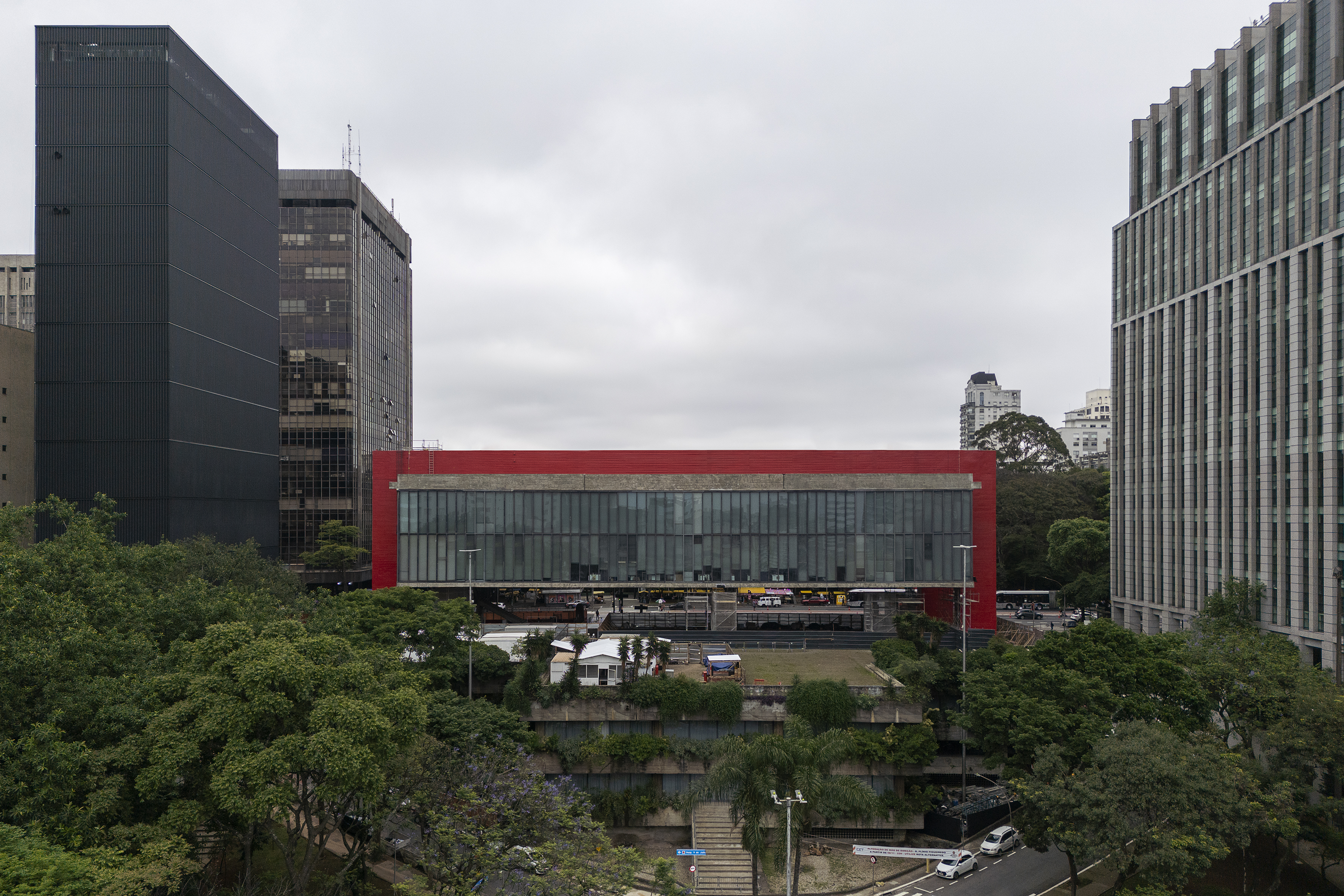 The new MASP expansion in São Paulo goes tall
The new MASP expansion in São Paulo goes tallMuseu de Arte de São Paulo Assis Chateaubriand (MASP) expands with a project named after Pietro Maria Bardi (the institution's first director), designed by Metro Architects
By Daniel Scheffler
-
 Marta Pan and André Wogenscky's legacy is alive through their modernist home in France
Marta Pan and André Wogenscky's legacy is alive through their modernist home in FranceFondation Marta Pan – André Wogenscky: how a creative couple’s sculptural masterpiece in France keeps its authors’ legacy alive
By Adam Štěch